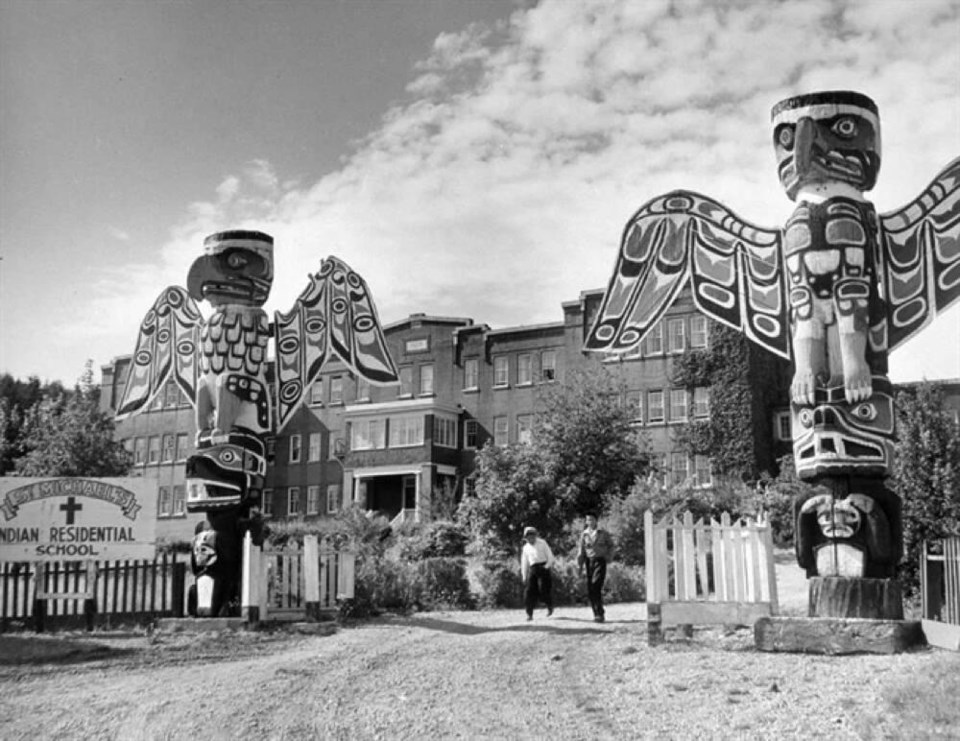A commentary by the 14th Bishop of the Anglican Diocese of British Columbia, also known as the Diocese of Islands and Inlets.
This weekend marks both the coronation of King Charles and a Colloquium on Land, Law, Religion and Reconciliation co-hosted by the Anglican Diocese and the University of Victoria’s Centre for Studies in Religion and Society.
It is an apt weekend for all Canadians, but particularly the church, to reflect upon our colonial history. The Diocese I serve was created in 1859 when Queen Victoria issued Royal Letters Patent creating the Bishopric of British Columbia.
Our participation at a colloquium on land, law, religion and reconciliation, must begin with an examination of what we mean by the words, land, law, religion and reconciliation.
When we talk of land and law, we bring with us the baggage of the doctrine of discovery and Terra nullius that created this thing we call Canada that is 89 per cent “Crown land.”
We bring assumptions about land as property and law as something that protects both property and the rights. We bring the history of an Indian Act that banned Indigenous people from being lawyers or even, until the 1950s, being able to hire a lawyer in this country.
We bring a long history of ignoring Indigenous law which leans, as I understand it, towards encouraging appropriate behaviour and preserving the balance the creator intended. The first laws of this land required, for instance, that there be a hole at the working end of a salmon net to guarantee that some fish would escape and return to spawn in the river a following year.
The word “religion” is also tricky. The word is Western and modern, and most of the world’s cultures and languages have no analogous concept. We have created this dichotomy between the religious and the secular and we think that religions involve buildings, books and belief systems. All of this needs to be questioned.
Any talk of religion in Canada must also acknowledge that the same time as we were building pioneer churches, we banned the potlatch and the Sundance, stole artifacts and arrested and imprisoned anyone who dared to defy us.
And finally, the word “reconciliation.” Again, a Western word, from a Latin word that means “to make good again” or “to repair.”
It first showed up in the 14th century as was most often used to refer to Christ’s saving again and how humanity was reconciled to God through Christ. Whether this is a good word to begin the long and complicated work of reckoning with and making amends for our colonial history is unclear.
I have learned, over the years, that Indigenous peoples and languages have different conceptions of what it is to repair broken relationships. For there is much that is broken and must be repaired.
In this Diocese we are only at the beginning of repairing the incalculable harms done by St. Michael’s residential school in Alert Bay. Children from more than 50 nations were taken from their homes and families and incarcerated.
This country was founded with a false dualism between the colonizers as the “civilized” and the Indigenous residents as the “heathens.” We told ourselves we were saving souls when, I am quite sure, we knew full well we were simply justifying our own greed and sin and violence. My hope is that in this next age Christians shed any and all false dualisms and live into the paradoxes that are at the centre of our faith.
Christians hold to the concept that all people are simultaneously sinners and saints. What is true of Christians as individuals is equally, or perhaps even more true, as institutions.
The Diocese comprises 46 churches, 26 cemeteries, eight housing societies and the largest refugee sponsorship program on Vancouver Island. That we are so big and that we have all these assets on the unceded territories of the more than 50 Indigenous nations of these islands and inlets is a legacy of colonialism.
Many of our properties were given as land grants, some from the Hudson’s Bay. Other properties were gifted to us from early settlers who gained title to unceded land.
Today, those churches are places of worship for diminishing numbers of largely white congregations of privileged folk of British descent. They are also signs of hope and hospitality that operate food banks and warming shelters, community meals and support groups, and, at their best, strive for justice and peace among all people and respect the dignity of every human being.
As bishop I am filled with pride about our work to provide affordable housing.
But such efforts in no way make up for the shame and horror I feel when talking to survivors of St. Michael’s residential school at meetings about looking for unmarked graves at the site of that school.
The Church is, I myself am, both a sinner and a saint.
Any attempt to be faithful must begin with an acknowledgement of our colonial history and of our failure to live in this land according to the laws of our religion to do justice, love kindness and walk humbly with our God. Anything approaching reconciliation will not be possible until we do this work.



